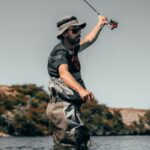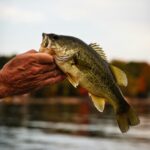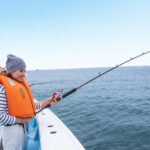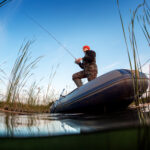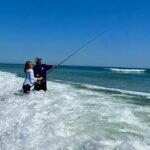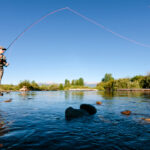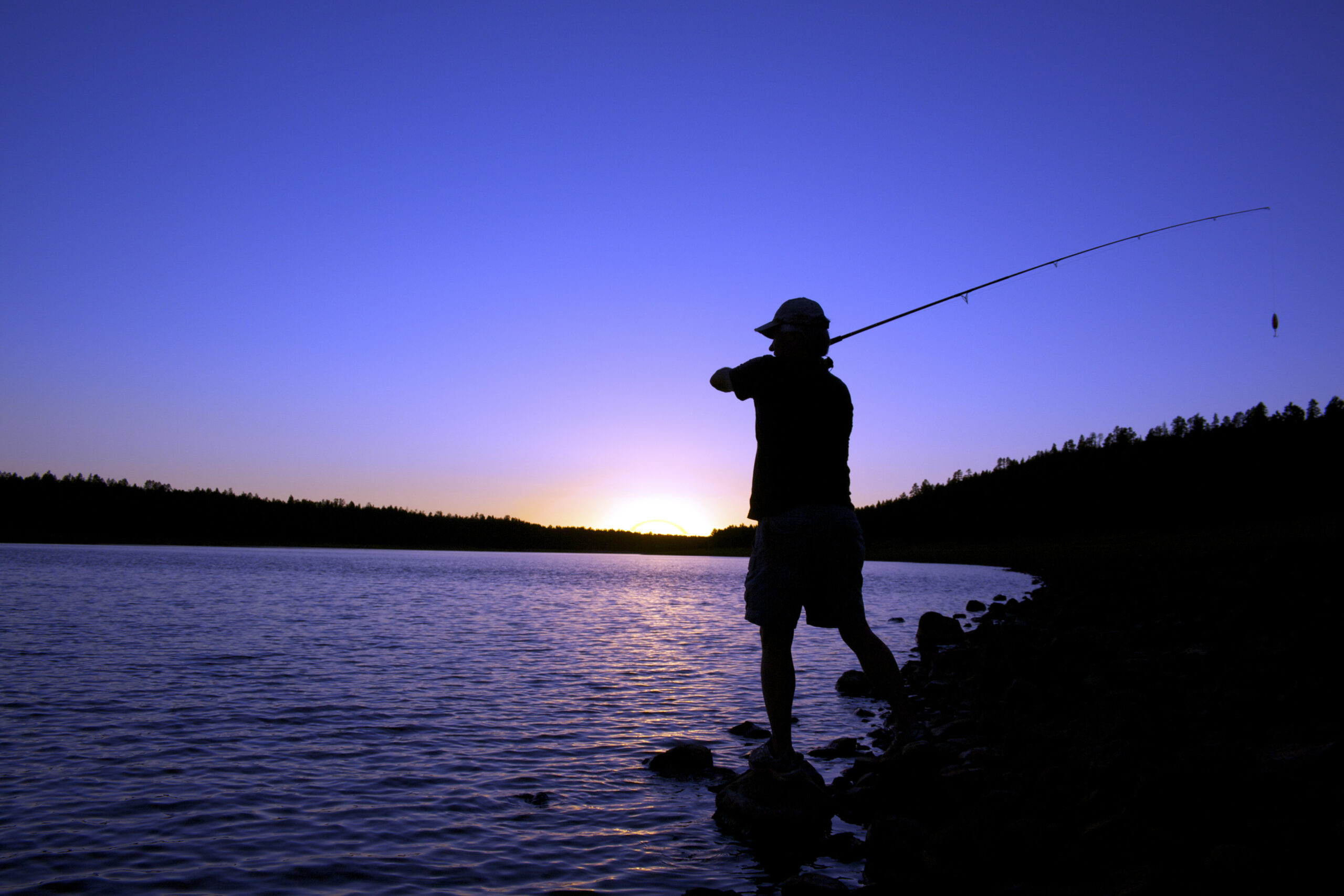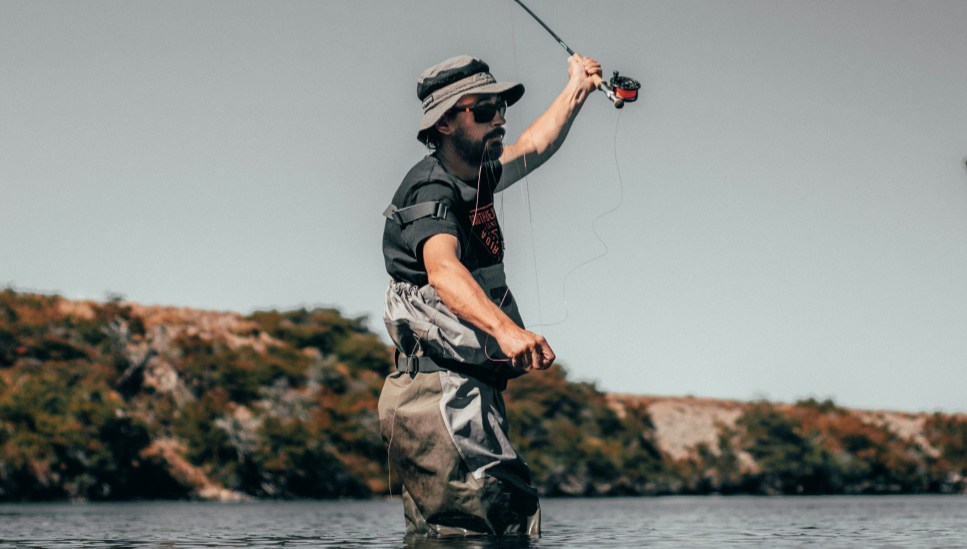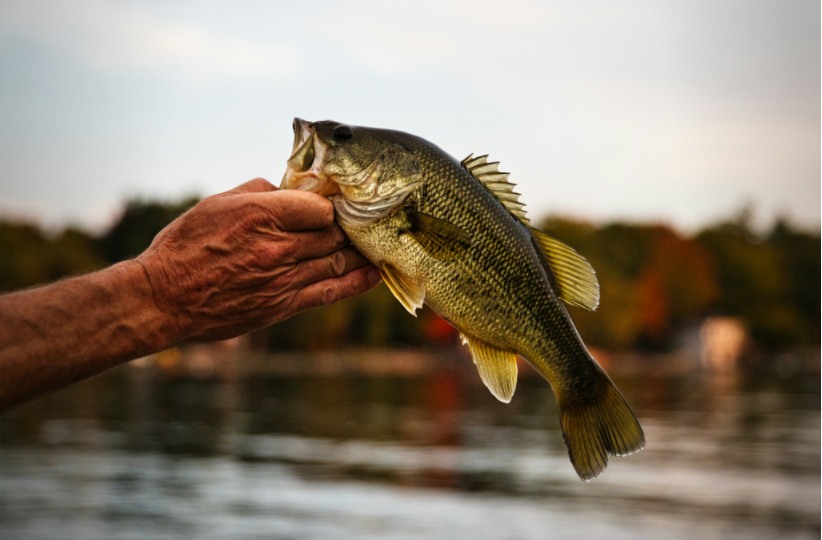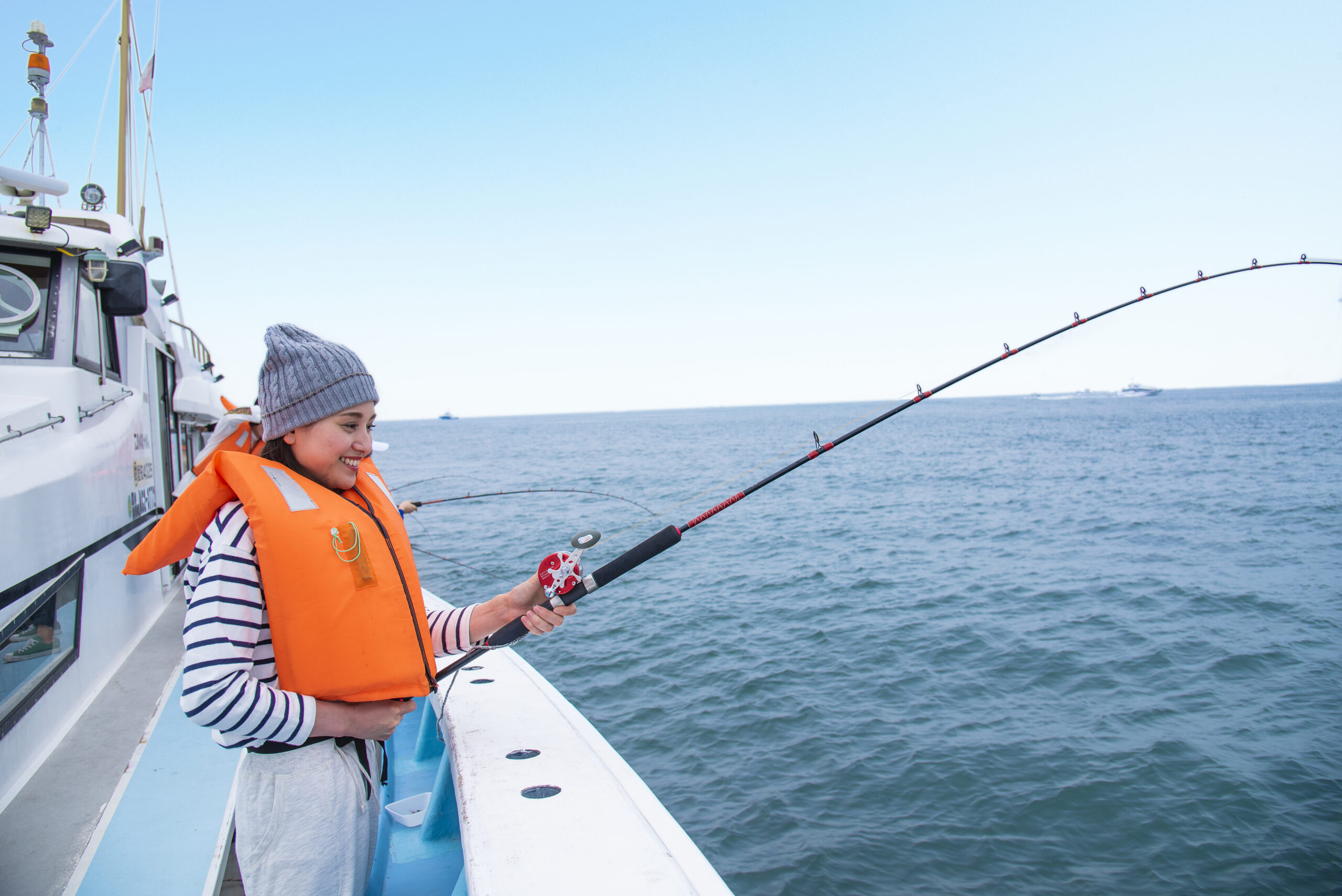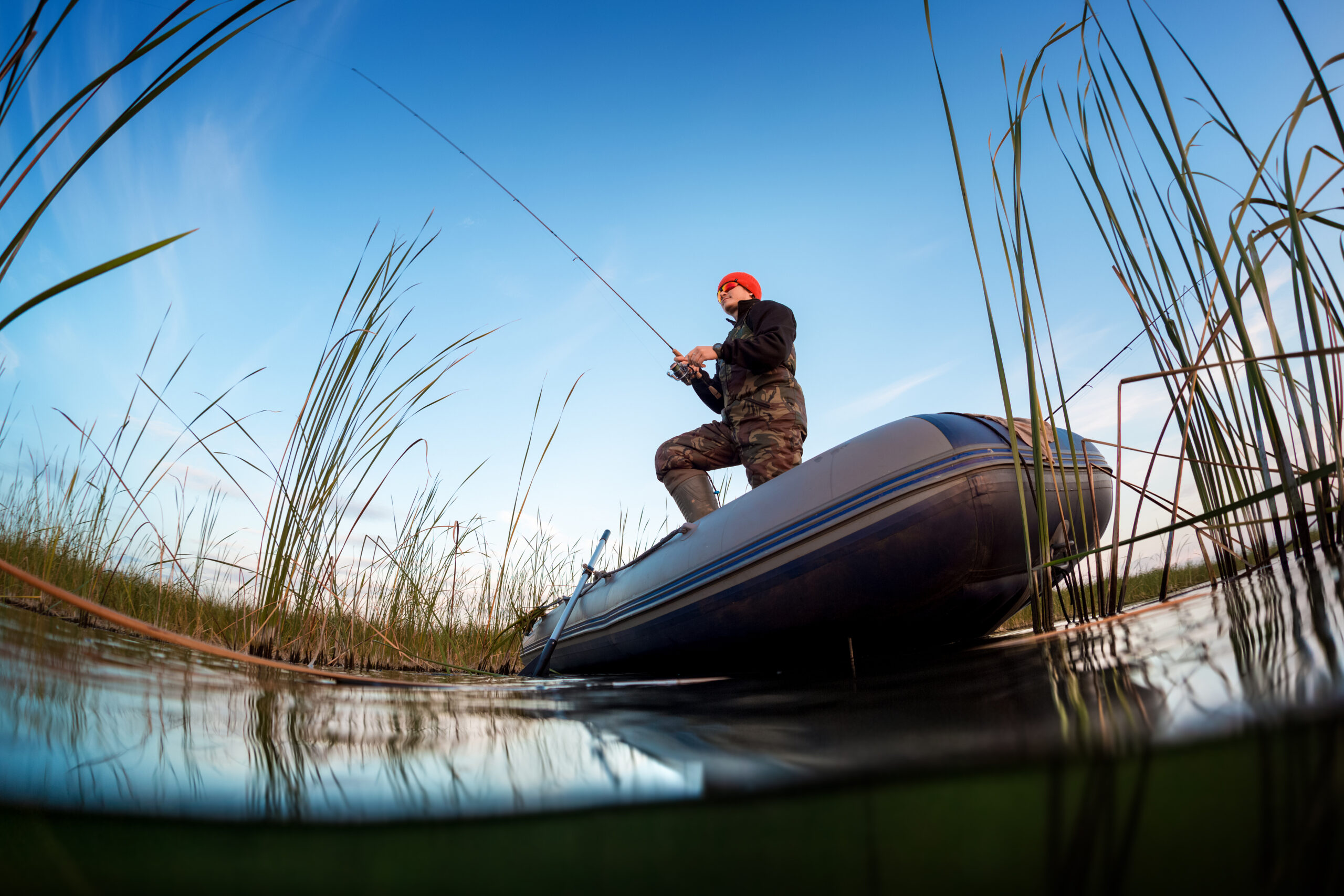For anglers, timing is everything. While some swear by the crisp stillness of early morning, others argue that the fading light of evening provides the perfect opportunity to land trophy fish. But which is truly the best time to cast a line—dawn or dusk? The answer depends on several factors, including fish species, water temperature, weather conditions, and seasonal patterns. In this guide, we’ll break down the advantages of both early morning and late evening fishing so you can determine the ideal time to hit the water.
Early Morning Fishing: The Dawn Advantage
1. Lower Water Temperatures and Active Fish
During the early hours, water temperatures are at their lowest, which can be beneficial for species that prefer cooler conditions, such as trout, walleye, and bass. Many predatory fish are more active in the morning after resting through the night, making them more likely to strike.
2. Increased Oxygen Levels
With the cooler water and less direct sunlight, oxygen levels are higher in the morning. This can lead to more aggressive feeding behavior, especially for species that rely on oxygen-rich environments.
3. Less Fishing Pressure and Boat Traffic
If you’re looking for solitude, morning fishing is your best bet. Fewer anglers and boats mean less disturbance, allowing you to fish undisturbed waters before they become crowded. This is especially useful in high-pressure fishing areas where fish become wary throughout the day.
4. Topwater Action is at Its Peak
Morning fishing is prime time for topwater lures, especially in warmer months. Species like bass and pike are more likely to attack surface baits during the low-light hours, making it an exciting time to fish with poppers, frogs, or buzzbaits.
Best Species to Target in the Morning:
- Largemouth & Smallmouth Bass – Active and feeding near the surface in the cool morning air.
- Trout – Prefer the cooler water temperatures of early morning.
- Walleye – These low-light predators hunt actively just before and after sunrise.
- Pike & Musky – More aggressive during the early hours, especially in the summer.
Late Evening Fishing: The Dusk Advantage
1. Feeding Frenzy Before Nightfall
As the sun begins to set, many fish enter a final feeding frenzy before darkness sets in. The reduction in light makes it easier for predatory fish to ambush prey, creating excellent fishing opportunities.
2. Warmer Water for Certain Species
For species like catfish and carp, the evening can be the most productive time. Warmer water temperatures in the late afternoon and early evening make bottom-feeding species more active.
3. Low-Light Advantage for Ambush Predators
Many species, such as bass, walleye, and striped bass, thrive in low-light conditions. Their eyes are adapted to take advantage of reduced visibility, allowing them to ambush baitfish more effectively.
4. Longer Fishing Window in Warmer Months
During the summer, morning bites can sometimes be short-lived, but the evening window often lasts longer as the water slowly cools down. This is especially true in lakes and ponds where midday heat can push fish into deeper, inactive states.
Best Species to Target in the Evening:
- Catfish – Primarily nocturnal feeders, making dusk a great time to start targeting them.
- Striped Bass – Often feed heavily at dusk as baitfish move to shallower water.
- Walleye – Just like in the morning, their vision gives them an edge in low light.
- Crappie & Panfish – More active as the sun sets, especially around structure.
Factors That Influence the Best Fishing Time
1. Season
- Spring & Fall: Fish tend to be more active during both morning and evening hours.
- Summer: Fish may avoid midday heat, making early morning and late evening the prime times.
- Winter: Late afternoon may be better as the water warms slightly during the day.
2. Moon Phases
A full moon can extend nighttime feeding activity, meaning fish may be less active in the morning but more aggressive in the evening. Conversely, a new moon can lead to stronger morning bites.
3. Weather Conditions
- Cloud Cover: Overcast conditions can extend feeding activity throughout the day.
- Wind: A slight breeze can improve fishing in both morning and evening by creating surface disturbance that makes fish less wary.
- Storm Fronts: Fish often feed aggressively before a storm, regardless of the time of day.
Final Verdict: Which is Better?
Both morning and evening fishing have their advantages, and the best time ultimately depends on what species you’re targeting and the conditions at hand. If you’re after an adrenaline rush with topwater bass action, morning might be your best bet. If you’re looking to catch big catfish or walleye, evening fishing could be more productive.
For the ultimate fishing experience, why not fish both? Starting the day with a sunrise cast and ending it with a sunset bite is a surefire way to maximize your time on the water. Either way, understanding fish behavior and adapting your tactics will ensure you make the most of your time—whenever you choose to go fishing.
Now, grab your rod and reel and hit the water at the time that suits you best! 🎣🌅🌇

